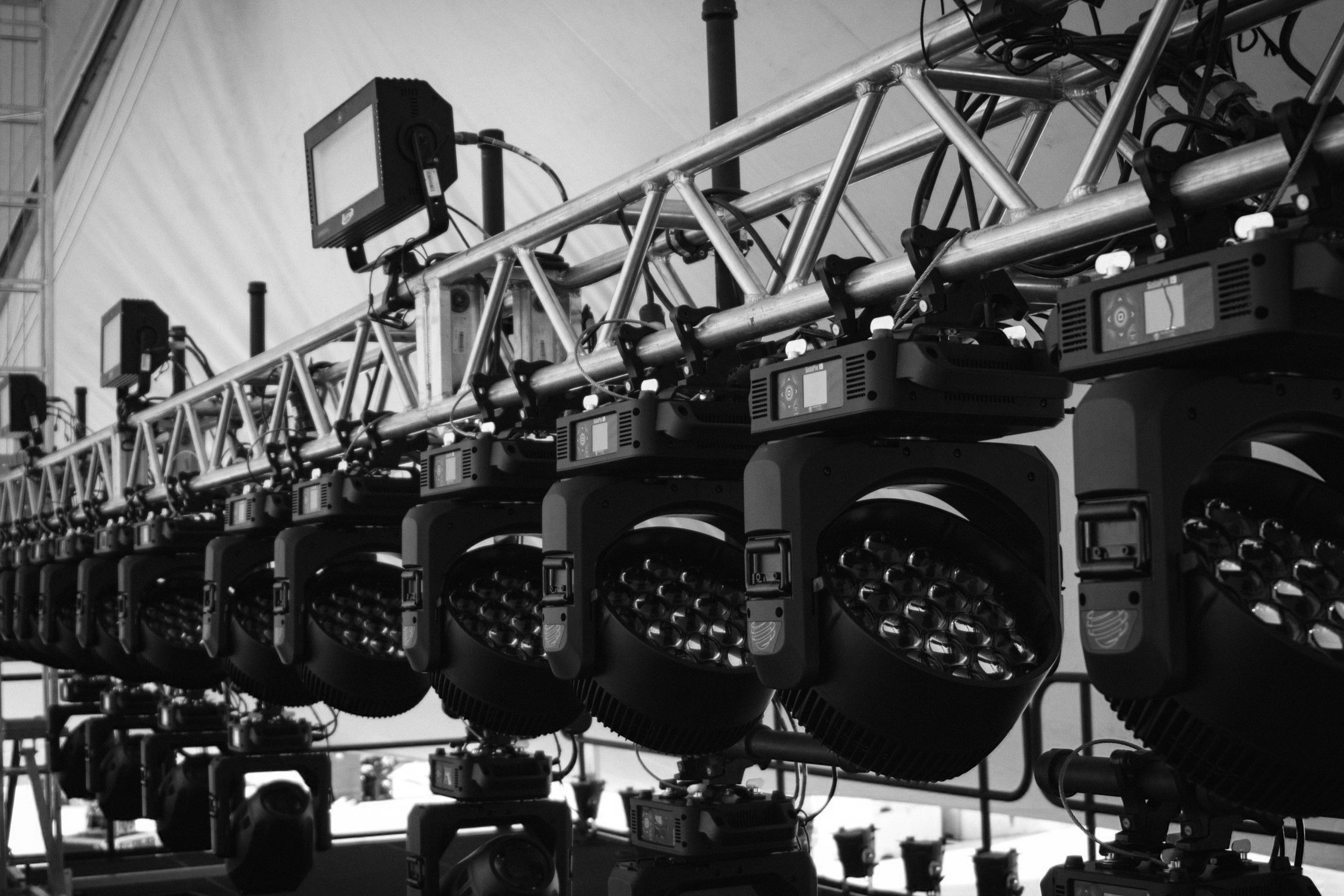
BLog
We want to share our knowledge and help you!
Fog VS Haze: What’s the difference?!
In this blog, we’re talking about the science and technology of atmospheric effects! This is the first blog in a series about atmospheric effects. In this one, we will define haze effects, review how heated atmosphere effects work, and dive a little into the fluids used to make the effect.
Unlocking the Magic of Moving Heads: Types and Features Revealed
In this blog we’re going to explore an essential element of the entertainment industry that sets the tone for any event or performance - Automated Fixtures. Automated, moving head fixtures, or "movers" as they're commonly known, are a type of fixture that create dynamic lighting effects that can transform any space. In this blog, we'll be discussing the different types of moving head fixtures available, their specific functions and purposes, along with the best places to use them. We'll also discuss some of the possible drawbacks and limitations of each fixture.
Basics of a Leko
Lekolite, most commonly known as a Leko, is light that uses an ellipsoidal reflector to reflect light through a lens that then focuses the light. They are used heavily in theatre and are great for precision lighting. This light looks complex, but once we break it down it is very simple. We’ll be using a SourceFour Leko as our example, but the parts are generally consistent with all Lekos.
Managing Audiences and People
One of the best feelings I’ve experienced is when I’m mixing for a huge event with a ton of people dancing, waving their arms and singing along. A successful event is more than just a bunch of cool gear performing properly, or a well-known band. It’s an event that is well attended, which means large crowds of people packed into the venue…and a whole slew of potential issues to contend with because of them.
Power Requirements
If you’re using a reputable production company for your event, you don’t have to worry about any of those things because they’ve already done all the calculations and have the proper cabling and distribution equipment to make it happen safely. Just don’t be surprised if the power needs are greater than you expected! They’ll likely want to do a site visit to double-check your power and make sure you’re not just counting outlets.
Networking For Production
In the past few years, production technologies have made a strong move toward IP (Internet Protocol) networks as a transport for audio, video and lighting signals and controls. Audinate’s Dante has emerged as the standard for transmitting audio over standard IP networks, video isn’t far behind, and we’ve been doing remote controls for consoles over wireless networks for years now. Knowing something about networking is essential to keeping up with the progress in today’s connected production systems. Unfortunately, the bits and bytes we use to make networks work are confusing if you have no experience with them. This article is my attempt to get you the basics that you’ll need to navigate an IP connected world.






